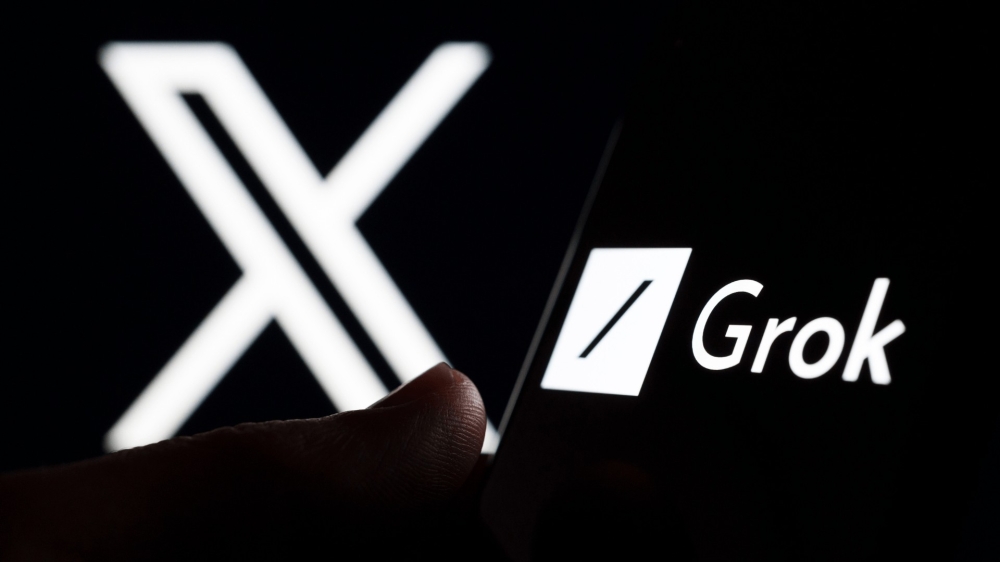The company xAI, led by Elon Musk, has announced the release of the API version of its Grok 3 model, which was first introduced in February. Users now have access to both the full Grok 3 model and its lighter version, Grok 3 Mini.
An API (Application Programming Interface) allows software programs to communicate with each other. Grok 3 is noted for its capabilities in logical reasoning, data analysis, and visual information processing. The model can respond to natural language queries and supports various functionalities on the X platform (formerly Twitter).
In March, xAI acquired the X platform for $33 billion, aiming to integrate the Grok model more deeply into the platform. The company has implemented a separate pricing policy for its models. For Grok 3, the cost is $3 per million input tokens and $15 per million output tokens. In the fast version, these prices range from $5 to $25. The more affordable Grok 3 Mini is priced at $0.30 for input and $0.50 for output. Its fast version is set at $0.60 and $4 respectively.
While xAI’s pricing is comparable to that of Anthropic’s Claude 3.5 Sonnet model, it is higher than Google’s Gemini 2.5 Pro. Initial testing results indicate that Grok 3 falls behind Gemini 2.5 Pro in terms of performance.
The model’s context window via the API is also notable. Although it is claimed that Grok 3 can process up to 1 million tokens, the API version is currently limited to 131,072 tokens (approximately 97,500 words).
From the beginning, Grok models have been presented as uncensored and free-thinking AI systems. Earlier versions could deliver blunt or harsh responses upon user request, though this freedom was somewhat restricted on political and social topics. Research has shown that Grok models tend to lean left in their responses. Elon Musk attributes this to the training data coming from open web sources and claims that the ultimate goal is to develop politically neutral AI. However, it remains unclear how close Grok 3 has come to achieving this goal.
Currently, xAI is trying to distinguish itself in the market through aggressive pricing strategies and a bold ideological stance. However, technical limitations and intense competition may challenge the success of this approach.







